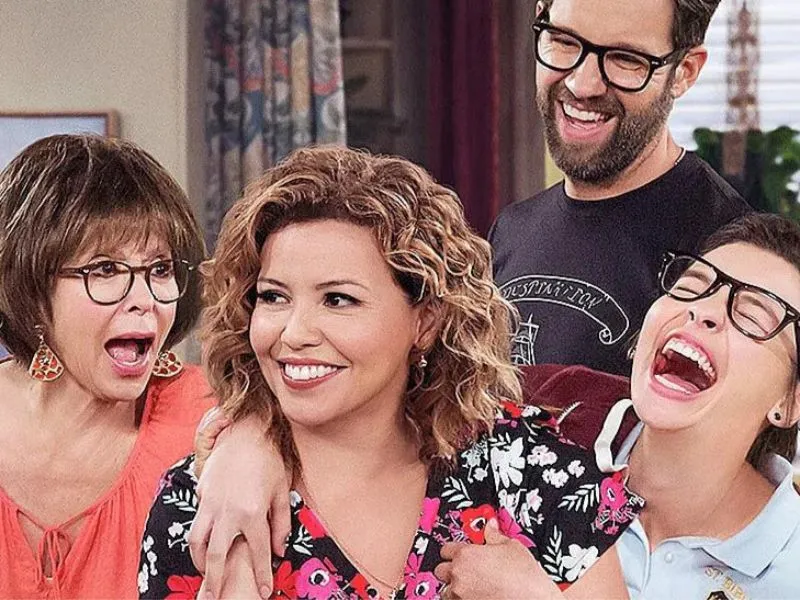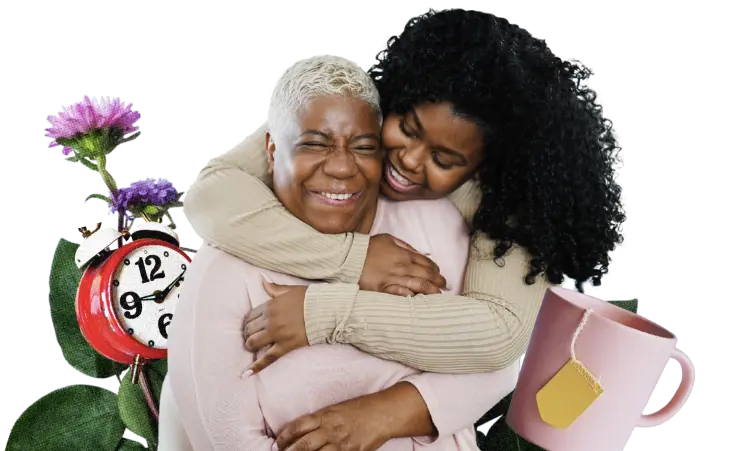
By “sandwich” we mean caregivers who are being sandwiched between care responsibilities, not a real sandwich. If only… Nearly 25% of all adults in the U.S. simultaneously care for their own children and aging parents, but only 7% of caregiver characters on TV are depicted as being responsible for the physical, emotional, and / or financial costs of care across generations.
Considering how many family sitcoms, dramas, and docusoaps are out there, that stat is way too low. Opportunity awaits!
Story Sparks:
- Sandwiched between teen children and an aging father, Darrell carries the “emotional load” of acting as a buffer between two very different generations. And inevitably Darrell has to tell everyone to stop watching TikTok’s with the sound up at the dinner table.
- Ji-Hoon and Malcolm are working parents who also care for Ji-Hoon’s disabled brother, Min-Jun. And Min-Jun always shares the latest parenting hacks with them.
- Rose and Angelo have just become parents when Angelo’s mother Ava has a heart attack. During this hard time Rose and Angelo just want all their loved ones close by. They have to figure out how to support her recovery while also caring for a newborn. (HINT: There’s a high-stakes, emotional drama that could win you all the Emmys…)
AN INCLUSIVE LENS:
Many Black, Indigenous, and People of Color communities in the U.S. place a high value on caring for family members at home, making multigenerational living a more common arrangement. Stories that highlight these dynamics contribute to a more authentic representation of care. HINT: There’s a reason Black-ish was a hit!
A quick note: scenarios described here are generalized from information that Caring Across Generations has collected through focus groups, polling, and other research. They are generalized scenarios and are not any one individual’s story, and they are not meant to be comprehensive of all experiences having to do with care. This resource is intended to illuminate new storytelling opportunities that also contribute to a more authentic and holistic representation of care on screen.
